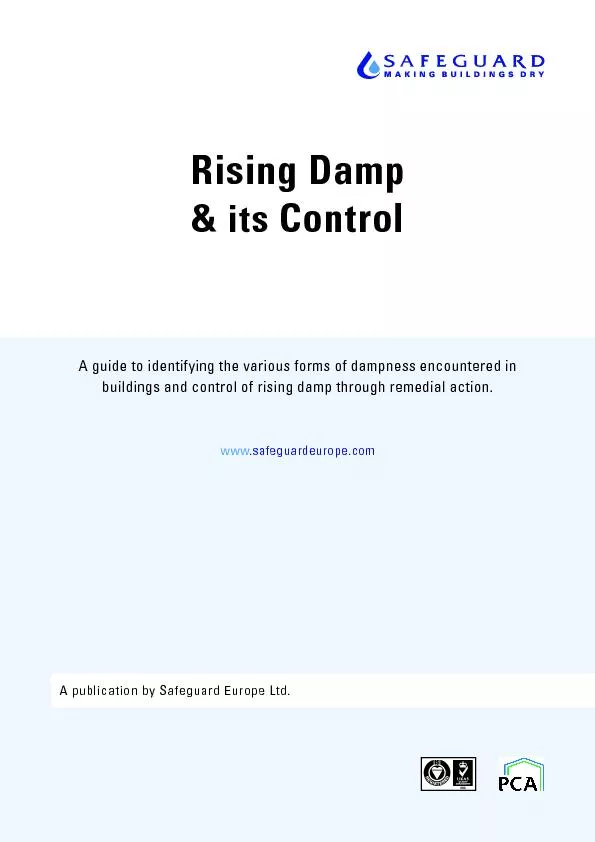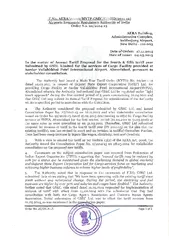PDF-A publication by Safeguard Europe Ltd.
Author : yoshiko-marsland | Published Date : 2016-03-10
www safeguardeuropecom Rising Damp its Control 7 The primary task of the investigator is to correctly identify the source of dampness This is best achieved by a
Presentation Embed Code
Download Presentation
Download Presentation The PPT/PDF document "A publication by Safeguard Europe Ltd." is the property of its rightful owner. Permission is granted to download and print the materials on this website for personal, non-commercial use only, and to display it on your personal computer provided you do not modify the materials and that you retain all copyright notices contained in the materials. By downloading content from our website, you accept the terms of this agreement.
A publication by Safeguard Europe Ltd.: Transcript
Download Rules Of Document
"A publication by Safeguard Europe Ltd."The content belongs to its owner. You may download and print it for personal use, without modification, and keep all copyright notices. By downloading, you agree to these terms.
Related Documents














